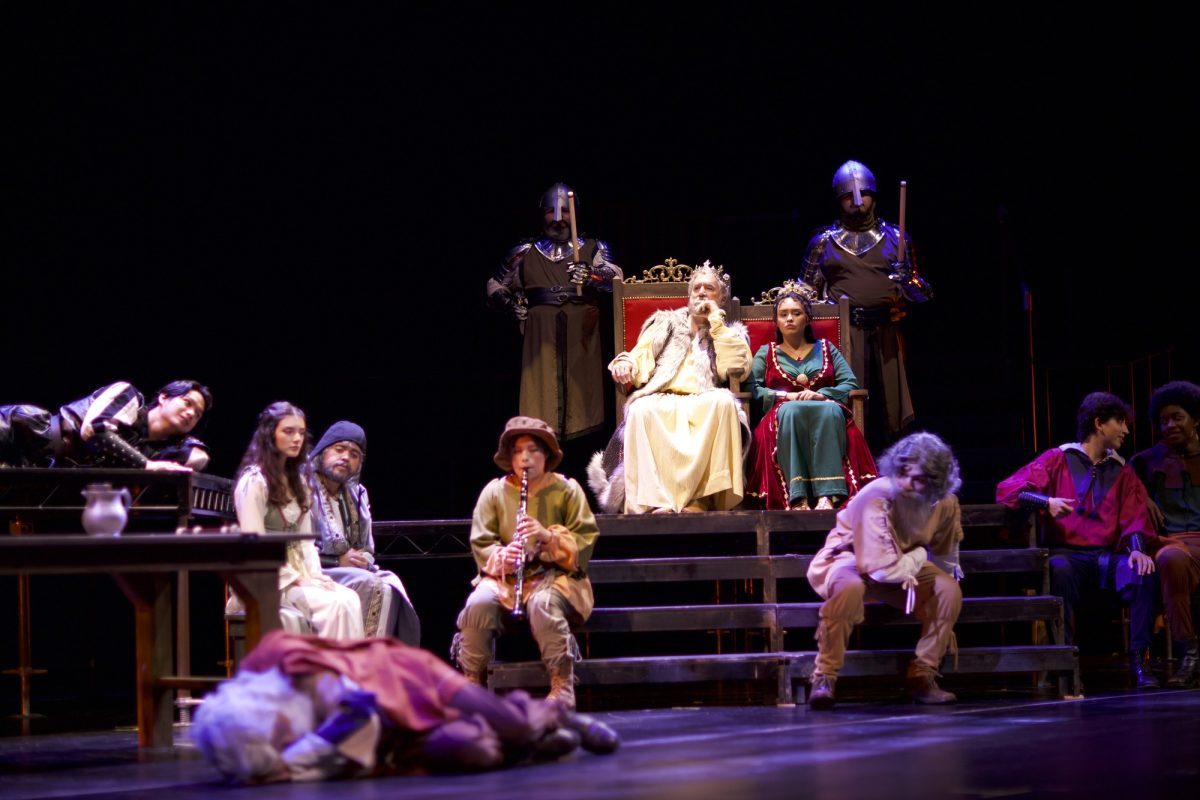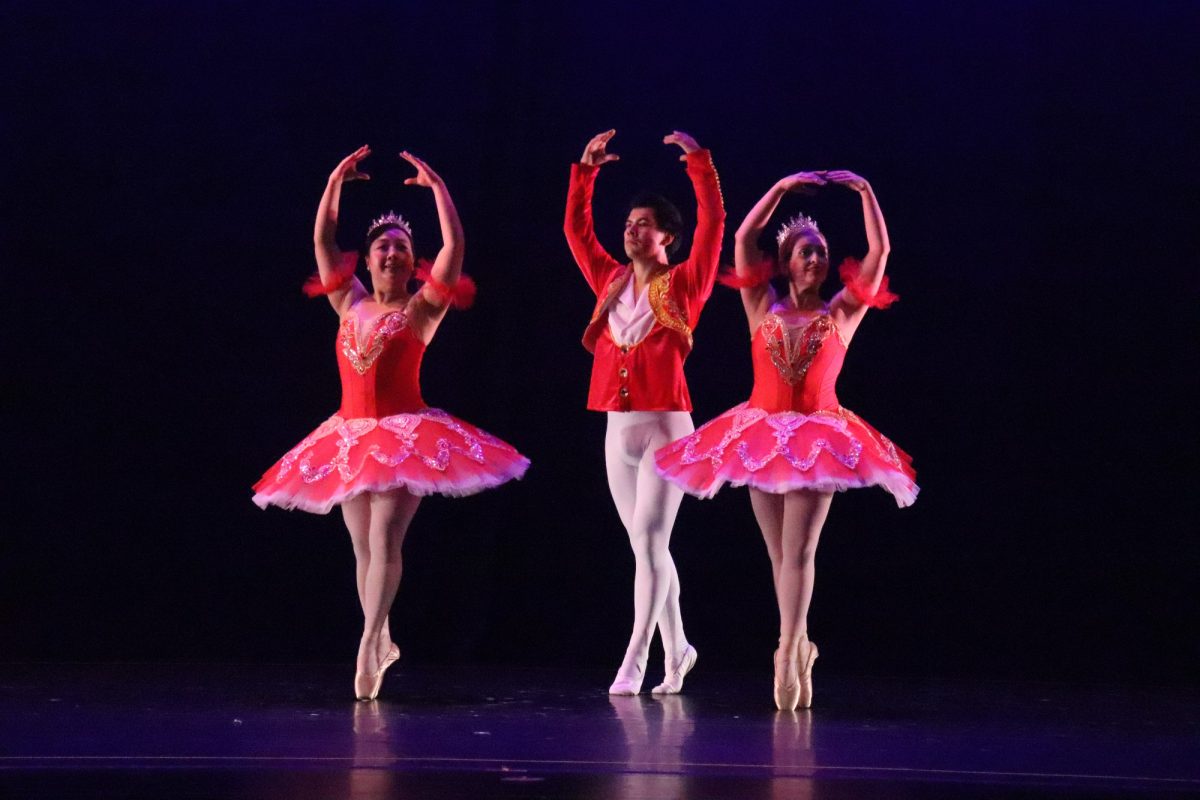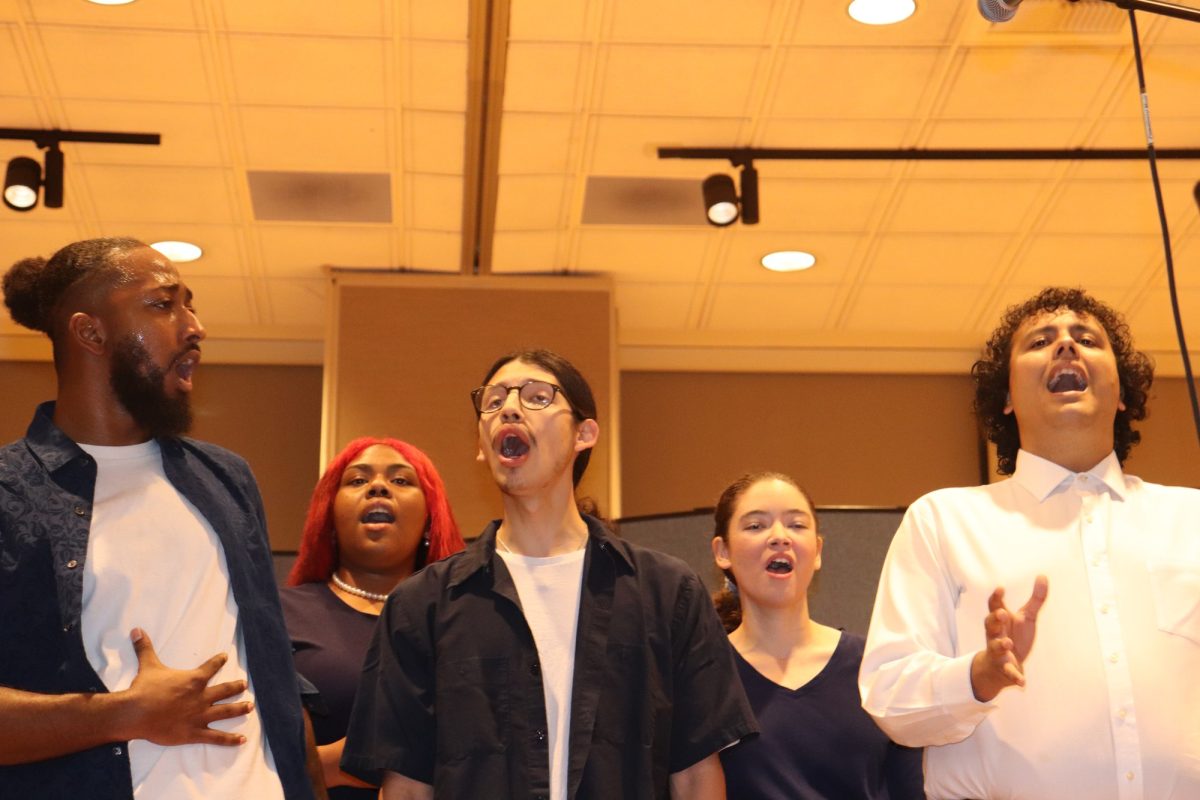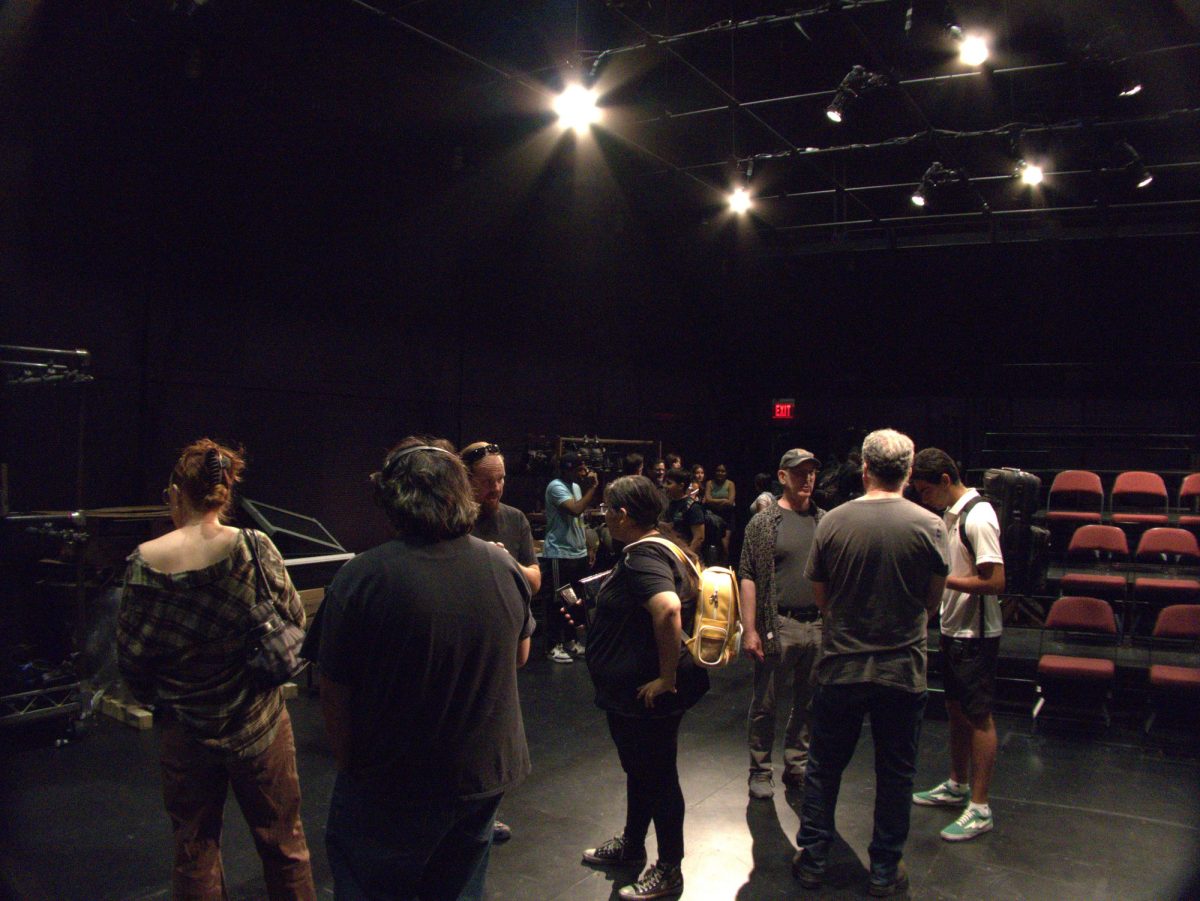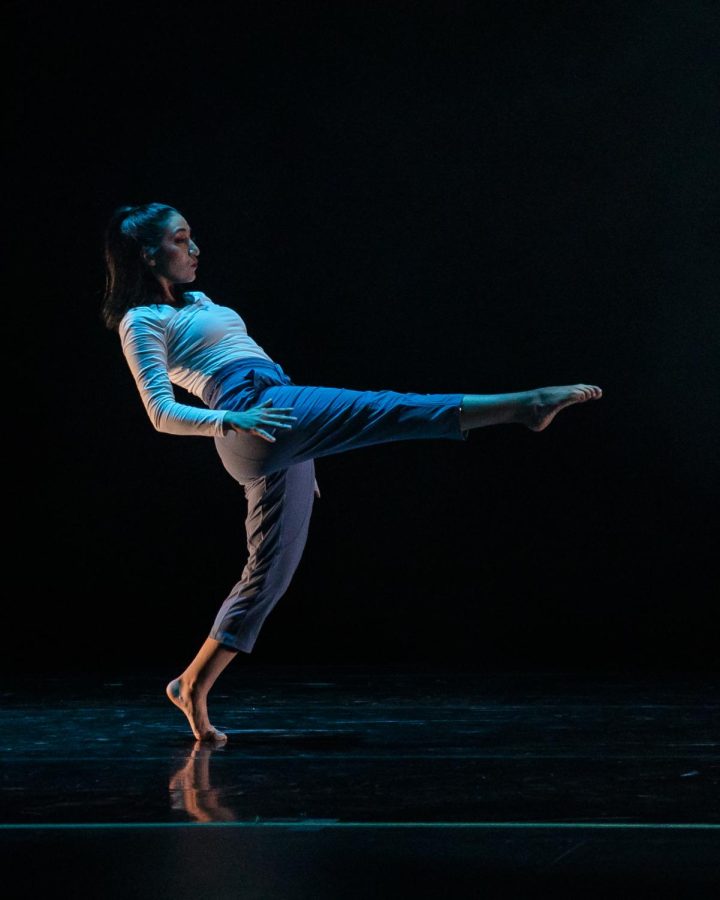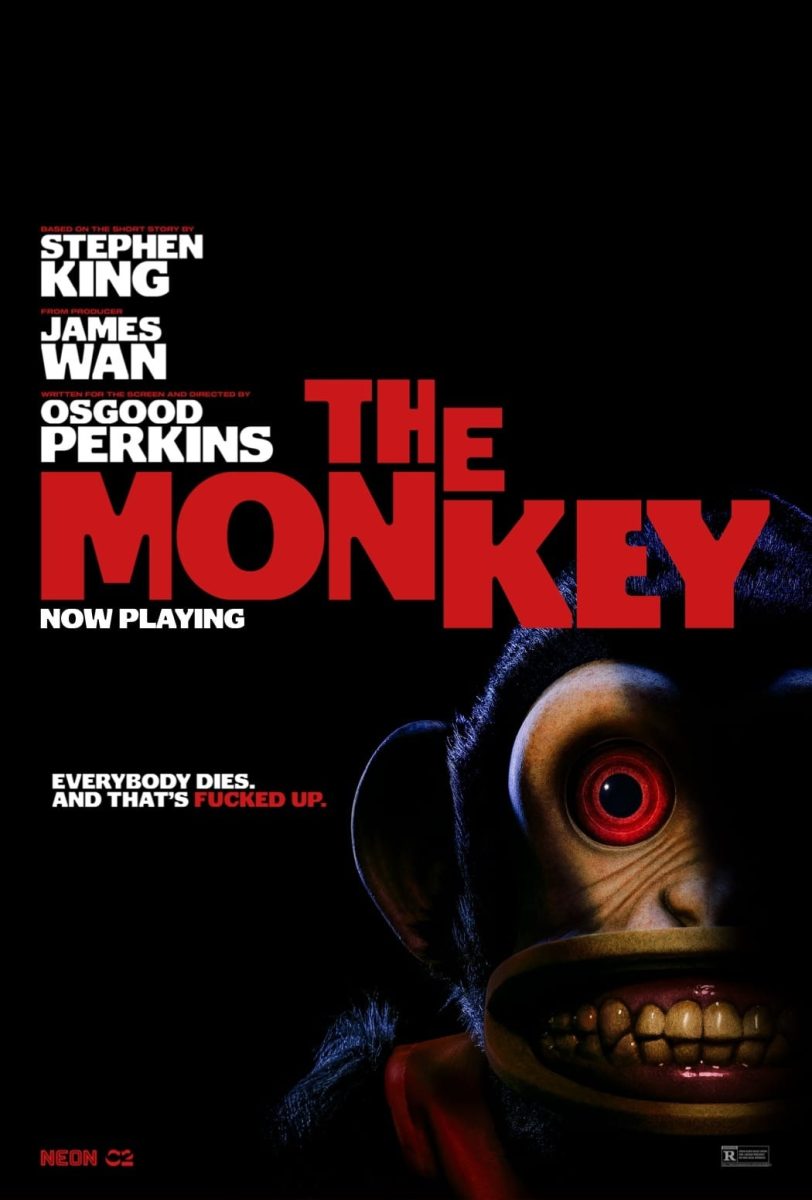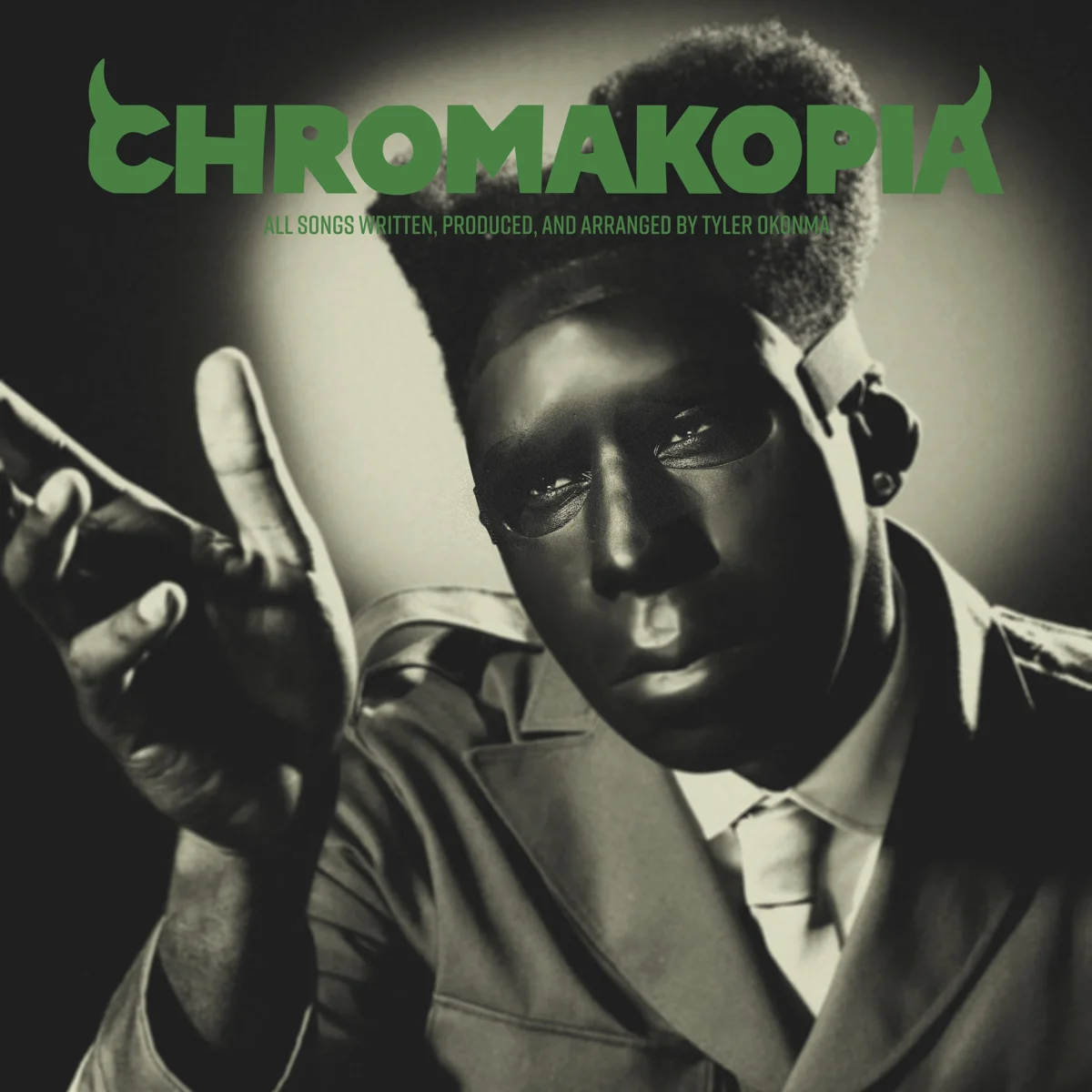Plays like Bertolt Brecht’s “The Caucasian Chalk Circle” are one of those plays, like “Noises Off”, that don’t easily translate to film, and both its form and its humanity demand live audience participation.
Part Musical, part Avant-Garde, “Circle” is based on an ancient Chinese tale and the judgment of biblical King Solomon.
It tells the story of a violent revolution, in which a wealthy and politically powerful couple, fleeing the revolutionaries, leave behind their infant, Michael. Michael is rescued from certain death by a kitchen maid, Grusha, who protects him from harm at risk of her own life, raising him as her own.
When the revolution ultimately fails, natural mother Natella comes looking for her baby — not out of emotional attachment, but because he is the heir to her beheaded husband’s estate, which she hopes to regain and control.
Eventually, Natella, Grusha, and Michael enter the Chalk Circle, and Azdak the judge orders the two women to each take one of three-year old Michael’s hands. He then declares that whoever can pull Michael out of the Circle will be proclaimed the rightful mother.
Natella grips the boy with all her might and pulls, but Grusha, afraid to hurt Michael, lets go. Azdak, seeing this, awards the child to Grusha, the mother who cared more about his safety than her own.
In this way Brecht shows us that unselfish love is the common good. Brecht, a socialist, introduces the play with an argument between two peasant collectives, one a group of goatherds, the other of fruit farmers who propose to irrigate so that the valley below can produce exponentially greater orchards. But damming the river will flood the land of the goatherds. Will one give up in order to benefit all?
The story of Michael, Grusha, and Natella is narrated by a troubadour, played by George M Loulatis (who has some serious chops on the guitar) and four other actors who also provide vocal harmonies and accompaniment.
Brecht wrote “Chalk Circle while in exile in the USA from his native Germany, which had been taken over by the NAZI regime. He is also famous for dozens of other plays, among them “The Threepenny Opera” and “The Resistible Rise of Arturo Ui”.
Set Designer David Ward and Production Manager Etta Walton have put together a superb minimalist background (Brecht actually calls for noset at all), incorporating two specially-built, moveable metal structures which perform a plethora of functions.
An excellent ensemble cast, clad in clothing suggestive of the era by Costume Designer Bradley Lock, perform dozens of roles, changing characters with each of the six acts.
“Circle” is a longish two and a half hours, but it is worth every minute.
Brandt Reiter, full-time acting professor and director, expressed he chose this play because it is different than the previous play he directed at Cerritos College, “All My Sons,” which was psychological realism and this play opposes that style.
“There’s comic, there’s a lot of music and there is no attempt on the part of the playwright to convince the audience that they are watching something that is really happening,” says Reiter, “also the main theme of the play is that resources should be used where they will benefit the most people and in this political election year when one of the big issues that coming up is whether America should be a more capitalist country or a more socialist country, I think this speaks directly to that.”
The Caucasian Chalk Circle Style is done under the style that Brecht invented which is known as epic theater and the audience is never supposed to believe that what they are watching is real and are not supposed to be emotionally pulled into the play.
Several times in the play, actors will “break the fourth wall” by directly addressing the audience. “They are supposed to be kept out of the play so they watch it and think and get the message that he wants them to get,” Reiter said.
Reiter mentioned he hoped the cast members had a good time and said, “What they are getting is experience working at a very particular style and one that’s not done that often and it gives them the opportunity to be really large and broad and not-naturalistic.”
Jaclyn Ortiz, music general major, was one of the musicians for the play and expressed she felt nervous as it was her first big play as a freshman.
“Me and a group of friend musicians wrote all these songs together so it was nerve-wracking thinking about the response we were going to get from the audience, but after a few shows I was more confident,” Ortiz said.
Angelo Santos, acting major, played 10 roles in this play including Lavrenti (Grusha’s brother) and Shalva (An adjutant). Even though it was his fourth play at Cerritos College he expressed how he still gets nervous.
“To prepare for my characters, in this play I really look for character differentiation so I’m looking for different accents, the walk of each character,” said Santos, “for example for Shalva, I watched ‘The Godfather’because for that character I’m stereotypical Italian so I put on the accent, I watched the movie to try to get it into my system, for the other characters I just tapped into my past experiences.”
Rebecca Valenzuela, theater major, who played Azdak along with a farmer (Kato) and the monk, expressed how she felt happy and nervous.
“Azdak is my main character so that’s the one I focused on the most, so I make sure I have his lines and everything done for that first and then afterwards as we get closer to coming on I’ll get into character for my other characters,” Valenzuela said.
She also expressed that with her character Azdak she hoped for the audience to know, “Justice can come in different ways and it all depends how you view things and how you take different elements of a situation into consideration.”
Sofia Moreno, theater major, who among five characters played the antagonist Natella Abaswili, said “Her main concern is her money, it’s definitely not her child, she is an interesting character to play, she’s angry, a little bitchy.”
“What I try to get across with my characters is the physicality, because on this play I am switching from character to character and there is not a lot of the core work that I usually do,” says Moreno, “So I try to get my face and my body to do the work to kind of tell the story because it’s quick and there have to be quick changes.”










